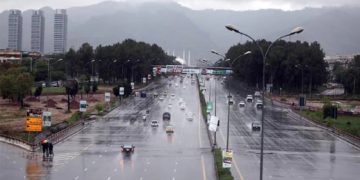Despite the vaunted claims of record-low inflation, the standard of living in Pakistan continues to decline in recent years, with the majority of Pakistanis finding it hard to manage their daily expenses, while a large segment of the population relies on borrowing to meet basic needs.
Karandaaz Pakistan—an organization partnering with the Government of Pakistan on tax reforms and digitization—has revealed in its latest Financial Inclusion Survey (K-FIS) that rising daily expenses have become the leading cause of borrowing among Pakistani adults. In 2024, 12 percent of adults cited increasing household costs as their primary reason for taking loans.
Besides the financial strain caused by household spending and the growing need for credit, the survey—funded by the Gates Foundation and the UK’s Foreign, Commonwealth & Development Office (FCDO)—also found that 7 percent of adults borrowed money to cover medical expenses, while another 6 percent took loans due to income loss or unemployment.
Wedding (3 percent), agricultural losses due to climate change (3 percent), property damage (2 percent), educational expenses (1.5 percent), and earthquake-related losses (0.1 percent), are the other major reasons for borrowing money in the country.
The survey indicated that the need for borrowing due to the rising cost of living affects a wide demographic, with 12 percent of the adult population impacted. The highest affected segment include self-employed individuals (15 percent), followed by blue-collar workers (14 percent), housewives (14 percent), and persons unable to work due to disability (12 percent).
Meanwhile, white-collar workers (7 percent) and cities’ residents (8 percent) showed relatively lower dependence on borrowing, while students (2 percent) exhibited the least need.
7 percent of Pakistani adults reported needing a loan due to unexpected medical expenses, with the highest needs seen among disabled unemployed people (16 percent), followed by blue-collar workers (10 percent) and unemployed people (10 percent), indicating financial uncertainty among these groups.
Rural residents (8 percent) had a higher rate of needing a loan for medical expenses than urban residents (6 percent), while white-collar workers (3 percent) and students (1 percent) had the lowest demand for loans for medical expenses.
The overall rate of debt due to job loss or low income across different segments was reported at 6 percent, with industrial workers experiencing the highest need for a loan during financial hardship at 10 percent, followed by business people at 7 percent, unemployed people at 6 percent and housewives at 6 percent, indicating a clear indication of the financial vulnerability of these groups.
Office workers (4%), retirees (2%), and students (1%) reported the lowest need for loans due to a decrease in income. Rural and urban residents reported a similar need for loans at 6%.







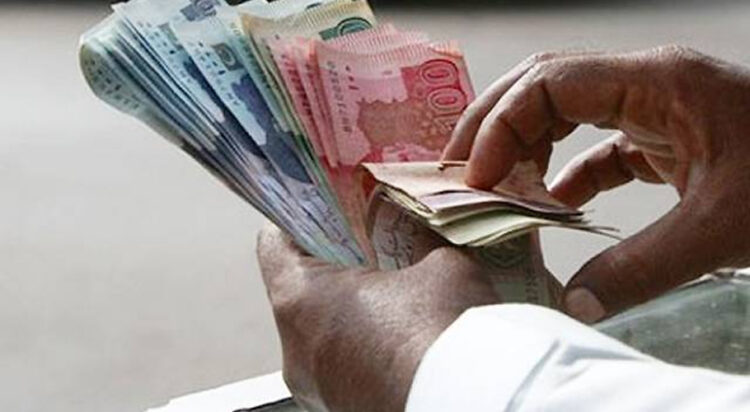

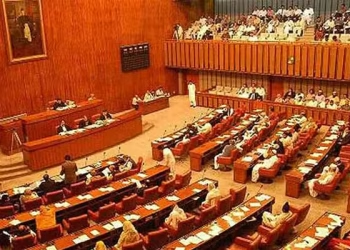




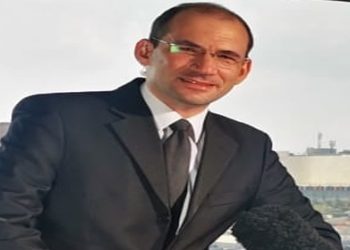
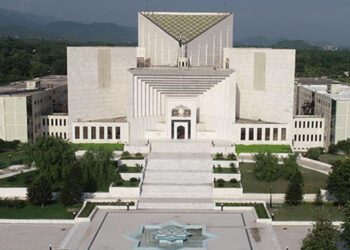
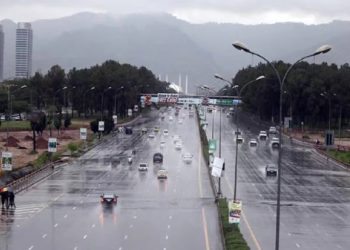


![This handout photo released by the IRGC’s official Sepah News Telegram channel shows smoke billowing from a site bombed by Israel in Tehran early on June 13, 2025 [Sepah News/AFP]](https://mmnews.tv/wp-content/uploads/2025/06/Israel-attack-on-Iran-1-350x250.jpg)



